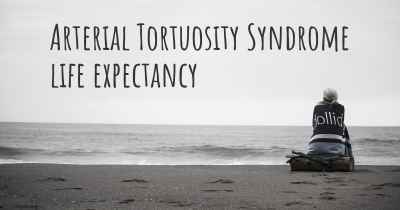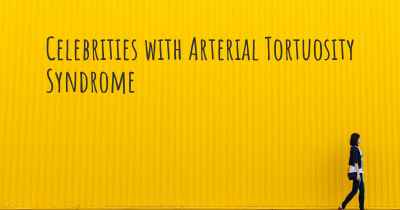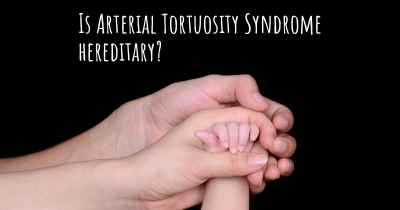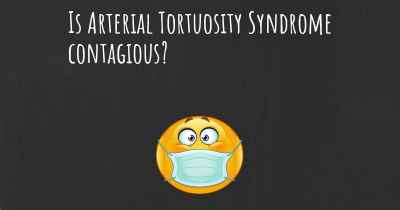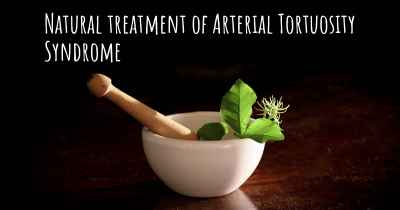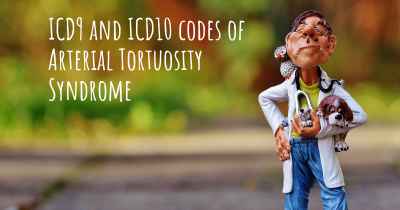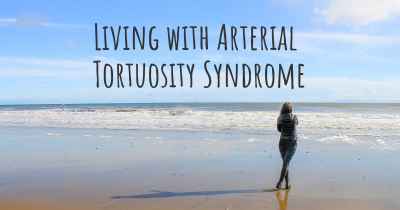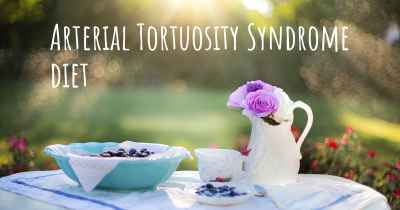Is it advisable to do exercise when affected by Arterial Tortuosity Syndrome? Which activities would you suggest and how intense should they be?
See if it is advisable for people with Arterial Tortuosity Syndrome to practice sports and which ones are the most recommended if you have Arterial Tortuosity Syndrome
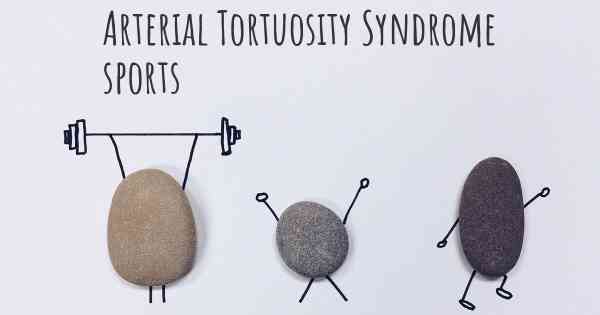
Arterial Tortuosity Syndrome (ATS) is a rare genetic disorder that affects the connective tissues in the body, leading to abnormal twisting and elongation of the arteries. This condition can result in various cardiovascular complications and may require careful management of physical activities.
It is important to note that the severity of ATS can vary among individuals, and the impact on exercise tolerance may differ. Therefore, it is crucial to consult with a healthcare professional who is familiar with your specific case before starting or modifying any exercise routine.
Exercise can have several benefits for individuals with ATS:
- Improved cardiovascular health: Regular exercise can help strengthen the heart and improve overall cardiovascular function. It may also enhance blood flow and oxygen delivery to the body's tissues.
- Muscle strength and flexibility: Engaging in appropriate exercises can help maintain and improve muscle strength and flexibility, which can support joint stability and overall mobility.
- Mental well-being: Exercise has been shown to have positive effects on mental health, reducing stress and improving mood.
However, due to the potential cardiovascular complications associated with ATS, it is crucial to approach exercise with caution and follow the guidance of your healthcare team. They may recommend specific activities and intensity levels based on your individual condition and overall health.
Low-impact exercises are generally considered safer for individuals with ATS, as they minimize stress on the cardiovascular system and joints. Some suitable options may include:
- Walking or brisk walking
- Cycling or stationary biking
- Swimming or water aerobics
- Yoga or gentle stretching
These activities can be adjusted to your fitness level and gradually increased in intensity as tolerated. It is important to listen to your body and avoid overexertion or pushing beyond your limits.
Monitoring your heart rate during exercise can provide valuable information about your exertion level. Your healthcare team may recommend target heart rate zones or specific heart rate limits to ensure you exercise safely. Using a heart rate monitor or wearable device can help you track and stay within the recommended range.
Always warm up and cool down before and after exercise to prepare your body and prevent injury. This can include gentle stretching and light aerobic activity.
Remember to stay hydrated during exercise and take breaks as needed. If you experience any concerning symptoms such as chest pain, shortness of breath, dizziness, or irregular heartbeats, stop exercising immediately and seek medical attention.
In conclusion, exercise can be beneficial for individuals with Arterial Tortuosity Syndrome, but it is crucial to approach it with caution and under the guidance of healthcare professionals. Low-impact activities, such as walking, cycling, swimming, and yoga, are generally recommended. Always listen to your body, monitor your heart rate, and consult with your healthcare team for personalized advice.
Posted Mar 10, 2018 by Andrea Taylor 2500
